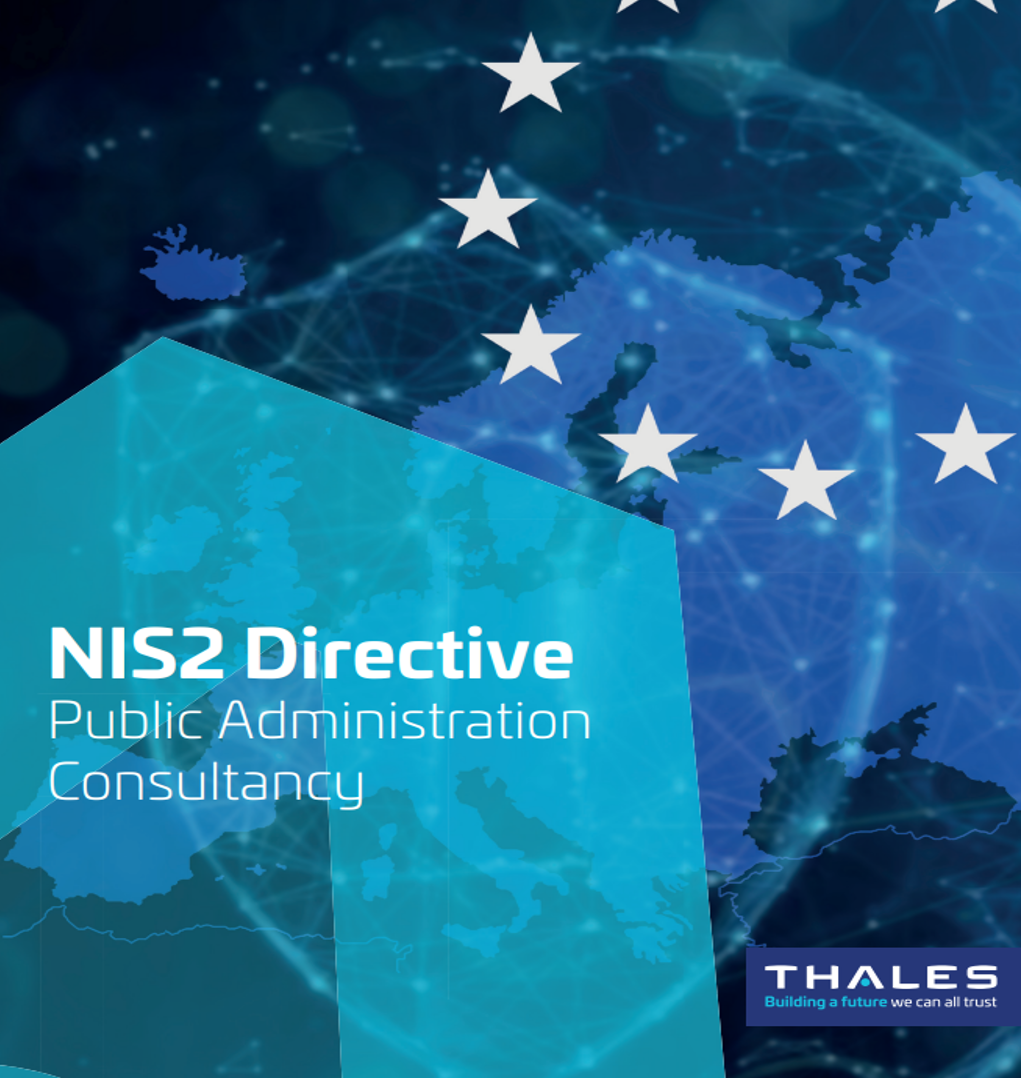Identify, prioritize, and mitigate cyber threats
Bringing cybersecurity globally to critical and complex key activities
Examples of how Governance Risk and Compliance can help organisations:
Cyber Governance, risk and Compliance and roadmap
From Cyber Assessment to Strategy and Roadmap definition
Cyber risks assessment
The risk management is probably the most complex part of a comprehensive implementation of an adequate information security management system (ISMS); but, at the same time, it is the most important step at the beginning of your information security management and compliance project – as it sets out the main foundations for a strong information security approach within your company.
Protect your organisation’s most critical assets
Develop and implement mitigation strategies
Reduce the risk of cyber threats

Cyber Maturity, compliance assessment and cyber rating
Measure your organisation’s level of maturity and cybersecurity posture.
Comply with leading and internationally recognised frameworks and standards (e.g., NIST, NIST 2.0, ISO27K, IEC62443, IAMM, C2M2, CMMC, Critical Security Controls (CIS Controls), etc.), identify the most critical information security gaps, and develop and implement adequate and bespoke plans to address them.
We also support in your compliance with National regulations as the French « Loi de Programmation Militaire (LPM) » or Restricted local regulations… As well as European cyber regulations: Cyber Resilience Act, NIS, NIS2, DORA, GDPR, EU Secret, etc
Cyber strategy, priorities, and roadmap design
Develop your Cyber security strategy
Develop, implement, and monitor a comprehensive cybersecurity strategy and roadmap for your organization, including investment priorities and operational transformation approach best adapted to the scope and business interests of your organisation.
Cyber Strategy implementation
Cyber policies and processes
Make sure you cover all the scope!
Password requirements
Email security measures
Handling of sensitive data
Use of technology
Social media and internet access
Incident response procedures
Training and awareness program

Here are some steps that your organization can take to define and implement cyber policies and processes:
Cyber dashboards, KPI, project management
Cyber dashboards
- Centralize visually of the relevant cyber data as key metrics, trends, and insights.
- Get an overview of your organisation’s overall cybersecurity posture, to identify potential risks, and to make informed and relevant decisions.
Key Performance Indicators (KPI)
- Assess the effectiveness of your organisation’s cybersecurity efforts.
- Track progress, identify areas for improvement, and demonstrate the value of your cybersecurity investments.
Project Management:
- Methodologies and structured approach to planning, executing, and controlling your organisation’s cybersecurity projects.
- Delivering the projects on time, within budget, and to the desired quality standards.

Cyber control
Enhance mechanisms and processes to protect your assets from cyberattacks and data breaches.
Cyber Process and Governance Audits
Assess your cybersecurity processes and governance structure.
Make sure you are auditing the full scope:
Assess your organization’s cybersecurity processes and governance structure against industry best practices and standards, as well as regulations.
Our expert auditors will also look for evidence of compliance with any applicable regulations or specific industry standard.
Security policies and procedures
Risk assessment and management
Security awareness and training
Identity and access management
Incident response

The audit report will typically include recommendations for how your organization can improve its security processes and governance structure.

Cyber Crisis simulation
Ensure your resilience over time
- Communication plans
- Crisis management plan
- Business continuity plans
- Disaster recovery plans
Cyber crisis management
Test your organisation’s ability to respond to any cyber or IT risk
- Centralize visually of the relevant cyber data as key metrics, trends, and insights.
- Incident response procedures
Cyber crisis simulations are typically conducted in a controlled environment, such as a laboratory or a virtual environment. The simulation will typically involve a team of experts who will role-play as attackers and defenders, blue team & red team.
Project Management:
- Methodologies and structured approach to planning, executing, and controlling your organisation’s cybersecurity projects.
- Identify gaps and weaknesses in the organization’s incident response plan.
- Improve the organization’s ability to communicate during a cyber crisis.
- Test the organization’s crisis management team.
- Ensure that the organisation’s business continuity and disaster recovery plans are effective.
- Raise awareness of cybersecurity risks among employees.
CISOaaS
CISOaaS – Chief Information Security Officer as a Service
Access to the skills needed to respond to today’s threats
- Prepare for tomorrow’s threats as a part of our assistance services.
- Get a high-level experience and leadership of a Chief Information Security Officer (CISO) by utilizing appropriate technical and subject matter resources from IT governance.




